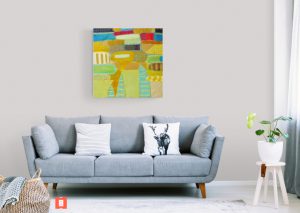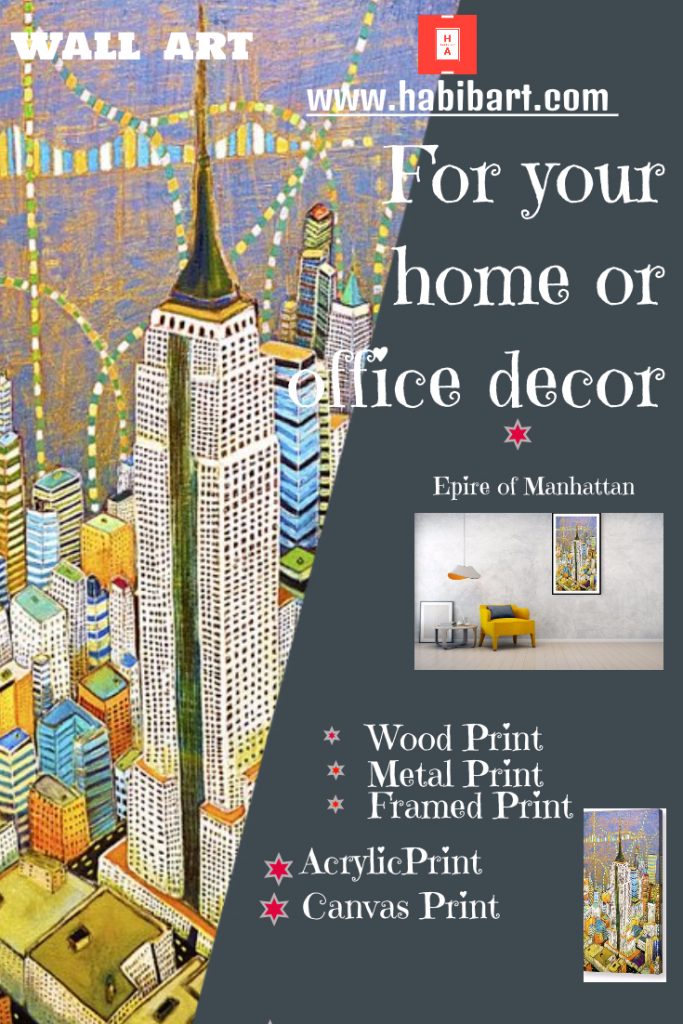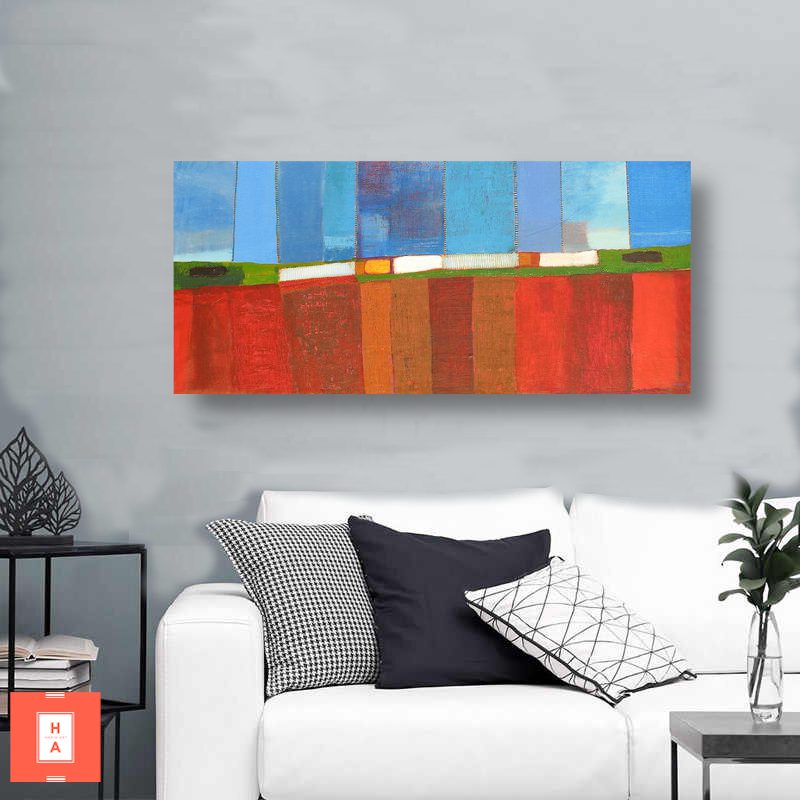The Transformative Power of Art: From Inspiration to Revelation
Art, in its myriad forms, possesses a remarkable ability to transcend the boundaries of the physical world. It ignites a spark within us, a wellspring of inspiration that can blossom into profound personal revelation. This transformative journey, from the initial spark of intrigue to the a-ha moment of deeper understanding, is a cornerstone of the human experience.
Unveiling the Spark: How Art Ignites Inspiration
The Allure of Beauty
The initial encounter with art often begins with a visceral response to beauty. A breathtaking sculpture bathed in light, the melancholic melody of a violin, or the vibrant hues of a painting can evoke a sense of awe and wonder. This aesthetic appreciation lays the groundwork for deeper engagement.
The Power of Storytelling
Art is a potent storyteller. Whether it’s a captivating narrative woven through a film, the raw emotions expressed in a dance performance, or the symbolism embedded within a historical painting, art allows us to connect with experiences beyond our own. It fosters empathy, broadens our perspectives, and ignites our imaginations.
The Call to Create

Art inspires not only appreciation but also creation. Witnessing the artistry of others can awaken a dormant creative spirit within us. We might be compelled to pick up a paintbrush, write a poem, or simply hum the tune that lingers in our minds. This urge to create becomes a form of personal expression, a way to translate the emotions and ideas sparked by art into a tangible form.
Embarking on the Journey: How Inspiration Leads to Revelation
The Process of Deconstruction
As we delve deeper into a piece of art, we begin to deconstruct its layers. We analyze brushstrokes, dissect lyrics, or interpret the symbolism present. This process of active engagement fosters a deeper understanding of the artist’s intent and the emotions embedded within the work.
The Catalyst for Self-Reflection
Art often acts as a mirror, reflecting our own emotions, experiences, and beliefs. A poignant piece of music might evoke a forgotten memory, while a thought-provoking sculpture could challenge our preconceived notions. This self-reflection can be a catalyst for personal growth, prompting us to question our assumptions and explore new ways of thinking.
The Aha Moment: Unveiling a New Perspective
Through dedicated engagement with art, a pivotal moment can occur – the revelation. Suddenly, a concept clicks into place, a hidden meaning is unveiled, or a new perspective dawns. This “aha” moment can be transformative, leading to a deeper understanding of ourselves, the world around us, and the very nature of art itself.
The Everlasting Impact: How Art Shapes Us
Cultivating Creativity
Engaging with art on a regular basis fosters a sense of creativity within us. It encourages us to approach problems from new angles, think outside the box, and find unique ways to express ourselves. This newfound creativity can permeate all aspects of our lives, from personal endeavors to professional pursuits.
Building Emotional Intelligence
Art allows us to experience a vast array of emotions – joy, sorrow, anger, and everything in between. By immersing ourselves in these emotions through art, we develop a stronger sense of emotional intelligence. We learn to recognize and understand our own emotions as well as those of others.
Fostering Empathy and Connection
Art transcends cultural and linguistic barriers. It allows us to connect with people from all walks of life, fostering a sense of empathy and understanding. By sharing and discussing our experiences with art, we build stronger communities and create a more interconnected world.
Frequently Asked Questions (FAQs)
: What are some ways to engage with art more deeply?
There are many ways to delve deeper into the world of art. Visiting museums and galleries is a great starting point, but you can also explore local art scenes, attend artist talks and workshops, or even try creating your own art.
: How can I use art to improve my personal growth?
Actively engage with art that resonates with you. Reflect on how it makes you feel and what you can learn from it. Discuss your interpretations with others and explore different perspectives.
: I’m not very artistic. Can art still be transformative for me?
Absolutely! Appreciation of art is just as valuable as creation. Open yourself to new experiences, be curious, and allow art to move you.
: What if I don’t understand a particular piece of art?
That’s okay! There’s no right or wrong answer when it comes to art interpretation. The beauty lies in the personal connection you forge with the art piece.
Q: How can I experience the transformative power of art?
A: There are countless ways to engage with art. Visit museums and galleries, attend concerts and plays, take an art class, or simply listen to your favorite music. The key is to be open to the experience and allow yourself to be moved.
Q: Does everyone experience art in the same way?
A: No, the beauty of art lies in its subjectivity. What resonates deeply with one person might leave another untouched. Embrace your own unique interpretation and allow the art to speak to you in its own way.
Q: I’m not artistic. Can art still be transformative for me?
A: Absolutely! You don’t need to be a creator to appreciate art. By engaging with art in any form, you open yourself to new perspectives, emotions, and experiences.
Q: How can I experience the transformative power of art?
A There are countless ways to engage with art! Visit museums and galleries, attend concerts and plays, explore street art, or simply delve into a captivating book or film.
Q: Does everyone experience art the same way?
A No, the beauty of art lies in its subjectivity. What resonates deeply with one person might leave another unmoved. Embrace your unique interpretation and allow art to speak to you in its own way.
: Can art be negative or harmful?
A Art can be controversial and challenge our beliefs. However, even negative portrayals can spark important conversations.





